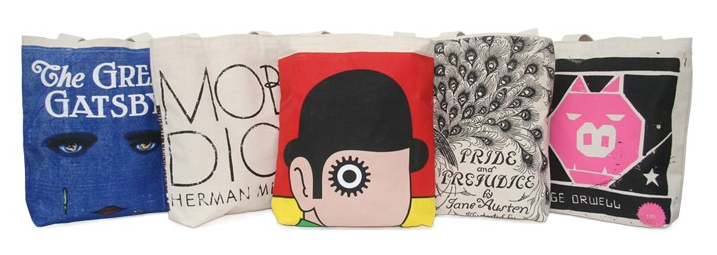
I know it’s not exactly an original sentiment, but this is my favorite time of the year. Or, at least, it will be once finals are over. I adore the Christmas season – I love the story, the music, the decorations, the time with family, and I love the wrapping paper.
Christmas wrapping paper embodies a part of the happiness of the holidays. Seeing role upon role of the colorful paper crammed into bins down holiday

aisles at the store, one can’t help but think of some of the best parts of Christmas – Santa Claus, Christmas trees, a friend or family member’s face as they open an unexpected gift, the anticipation of Christmas morning. Looking through the bins of paper always makes me smile – sometimes because I like the patterns, and they make me inexplicably happy, but sometimes because they’re so terribly cheesy or awful that I can’t help but want to laugh.
Whenever I walk into a store at this time of year, the holiday aisle(s) have a nearly magnetic draw, mostly because of the wrapping paper. I love looking at the different patterns: traditional, funny, religious, modern, shiny, movie or television themed. I love to judge which patterns I like, which ones I think are cheesy, and which ones I could imagine certain people buying. It’s always difficult to remind myself that I already have plenty of wrapping paper already.

Of course, the best part about wrapping paper is actually wrapping things and getting creative with it, like the girl in the picture above. Although, that might be going just a little bit overboard. Â If you’re looking for some creative wrapping ideas this website has some good ones.
Wrapping paper is a funny thing. It’s technically pointless, yet nothing says it’s a gift more than wrapping a present in patterned paper that’s just going to be thrown away. It’s such a personal thing too.  Everybody has their own style of wrapping. One person’s wrapping may look like  a train ran over it, while someone else’s may look like a piece of art – so beautiful that you almost don’t want to rip the paper off.  Almost.
That’s a wrap for the semester.
Happy (almost) Holidays and Good Luck on finals!








